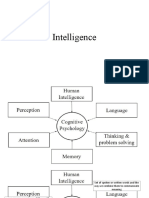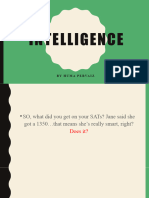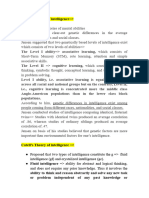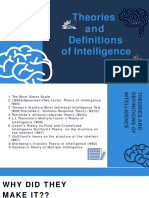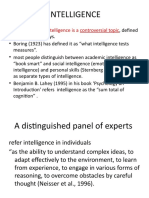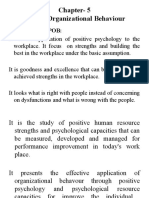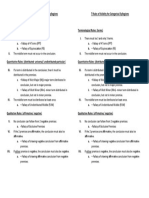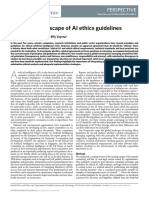0% found this document useful (0 votes)
62 views41 pagesLecture 03 Psy Testing-II
The document discusses several theories of intelligence including Cattell-Horn-Carroll theory, Guilford's structure of intellect model, and Luria's PASS theory. Cattell-Horn-Carroll theory proposes a hierarchical model with three strata of abilities. Guilford's model classifies abilities into operations, contents, and products. Luria's PASS theory involves planning, attention, simultaneous and successive processing.
Uploaded by
Ayaan CHCopyright
© © All Rights Reserved
We take content rights seriously. If you suspect this is your content, claim it here.
Available Formats
Download as PDF, TXT or read online on Scribd
0% found this document useful (0 votes)
62 views41 pagesLecture 03 Psy Testing-II
The document discusses several theories of intelligence including Cattell-Horn-Carroll theory, Guilford's structure of intellect model, and Luria's PASS theory. Cattell-Horn-Carroll theory proposes a hierarchical model with three strata of abilities. Guilford's model classifies abilities into operations, contents, and products. Luria's PASS theory involves planning, attention, simultaneous and successive processing.
Uploaded by
Ayaan CHCopyright
© © All Rights Reserved
We take content rights seriously. If you suspect this is your content, claim it here.
Available Formats
Download as PDF, TXT or read online on Scribd
/ 41
